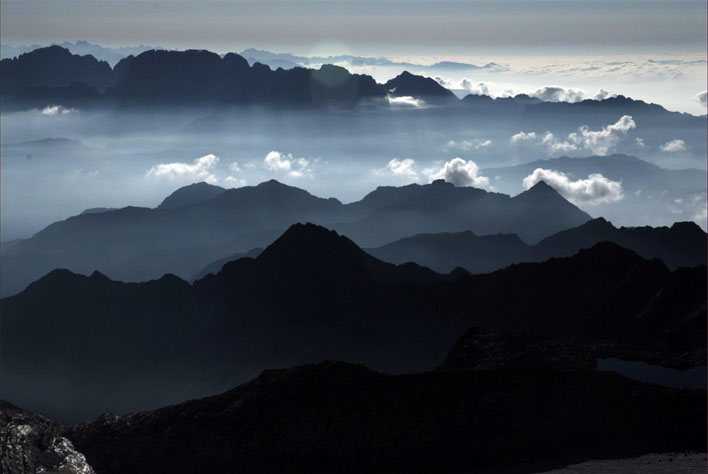Frontiere pericolose: l’adattamento
Abstract
I discorsi sull’adattamento ruotano incessantemente intorno a una serie di inossidabili luoghi comuni: ai poli estremi le illusioni fantastiche dei lettori delusi e la programmatica indifferenza dei cinefili irriducibili. La teoria dovrebbe opporsi tenacemente al senso comune ma si è impantanata nel gergo e nell’autoreferenzialità: gli studiosi si leggono tra loro, si posizionano e riposizionano, modificano e aggiornano le loro griglie tassonomiche – quasi sempre triadiche – impegnati a ridefinire all’infinito il continuum che va dalla fedeltà all’originalità. Ai singoli adattamenti chiedono solo la gentilezza di accomodarsi nei relativi scomparti. E poco male se tutto ciò serve solo per orientarsi. Ma la loro terminologia riflette quasi sempre la stessa preoccupazione: l’ossessione della traducibilità. Formalizzando con accanimento un nucleo che nasce da una premessa errata: perché l’adattamento non è una traduzione, è un’interpretazione. O, per meglio dire, non è solo un’interpretazione ma certamente ne implica una. Di tutti gli equivoci questo è il più pericoloso, perché non ha l’alibi dell’ingenuità. Tutto l’estenuante dibattito sulla fedeltà, anche nelle sue più recenti riproposizioni, viene meno laddove si riconosca appunto l’erroneità della premessa. Se è legittimo giudicare una traduzione con il metro della fedeltà, è totalmente privo di pertinenza quando si riconosce l’adattamento come qualcosa di nuovo, una riscrittura di un testo, una sua continuazione, una sua variazione. Se la traduzione cerca riparo nei confortevoli territori della somiglianza, l’adattamento – un buon adattamento – deve spingersi oltre, osare sul terreno della diversità. Partire da un testo significa ripartire, viaggiare, attraversare una frontiera per approdare altrove. E qualche volta, come auspicava Truffaut, fare «un’altra cosa, migliore».Downloads
Riferimenti bibliografici
Albano, Lucilla, “Dalla letteratura al cinema: le impossibili istruzioni per l’uso”, Ed. Lucilla Albano, Il racconto tra letteratura e cinema, Roma, Bulzoni, 1997.
Bazin, André, “Journal d’un curé de campagne et la stylistique de Robert Bresson”, Cahiers du Cinéma, 3, 1951, trad. it. Filmcritica, 13, 1952 (ora in Edoardo Bruno (ed.), Teorie del realismo, Roma, Bulzoni, 1977).
De Luca, Alessandra, “C’è del marcio in Scandinavia”, Ciak, 6/2009.
Dusi, Nicola, Il cinema come traduzione. Da un medium all’altro: letteratura, cinema, pittura, Torino, UTET, 2003.
Eco, Umberto, Dire quasi la stessa cosa. Esperienze di traduzione, Milano, Bompiani, 2003.
Jakobson, Norman, On Linguistics Aspects of Translation, Ed. R. Brower, On Translation, Cambridge-Mass., Harvard University Press, 1959, trad. it. Aspetti linguistici della traduzione, in Jakobson, Roman, Saggi di linguistica generale, Milano, Feltrinelli, 1966.
Truffaut, François, “L’adaptation littéraire au cinéma”, La Revue des Lettres Modernes, 1958 (ora in François Truffaut, Le plaisir des yeux, Paris, Cahiers du Cinéma, 1987).
Volpe, Sandro, Adattamento. Sette film per sette romanzi, Venezia, Marsilio, 2007.
Informazioni sul copyright
Questa licenza permette a terzi di riprodurre, distribuire, comunicare al pubblico, esporre in pubblico, rappresentare, eseguire, recitare e modificare quest'opera, purché vengano citati l'autore e la rivista. Questa è la più ampia tra le licenze Creative Commons, rispetto alle libertà concesse a terzi sulle opere licenziate sotto Attribuzione.









